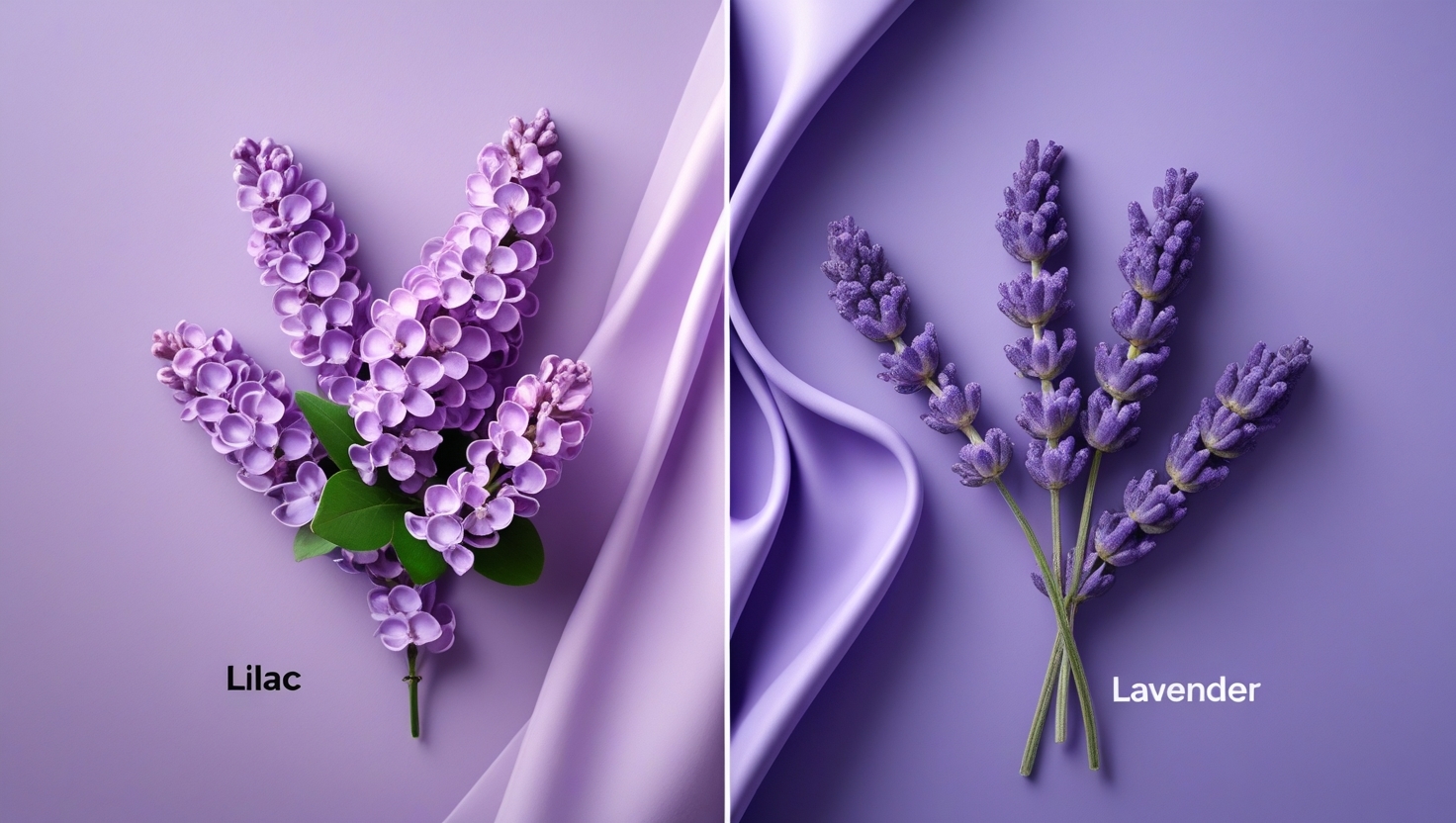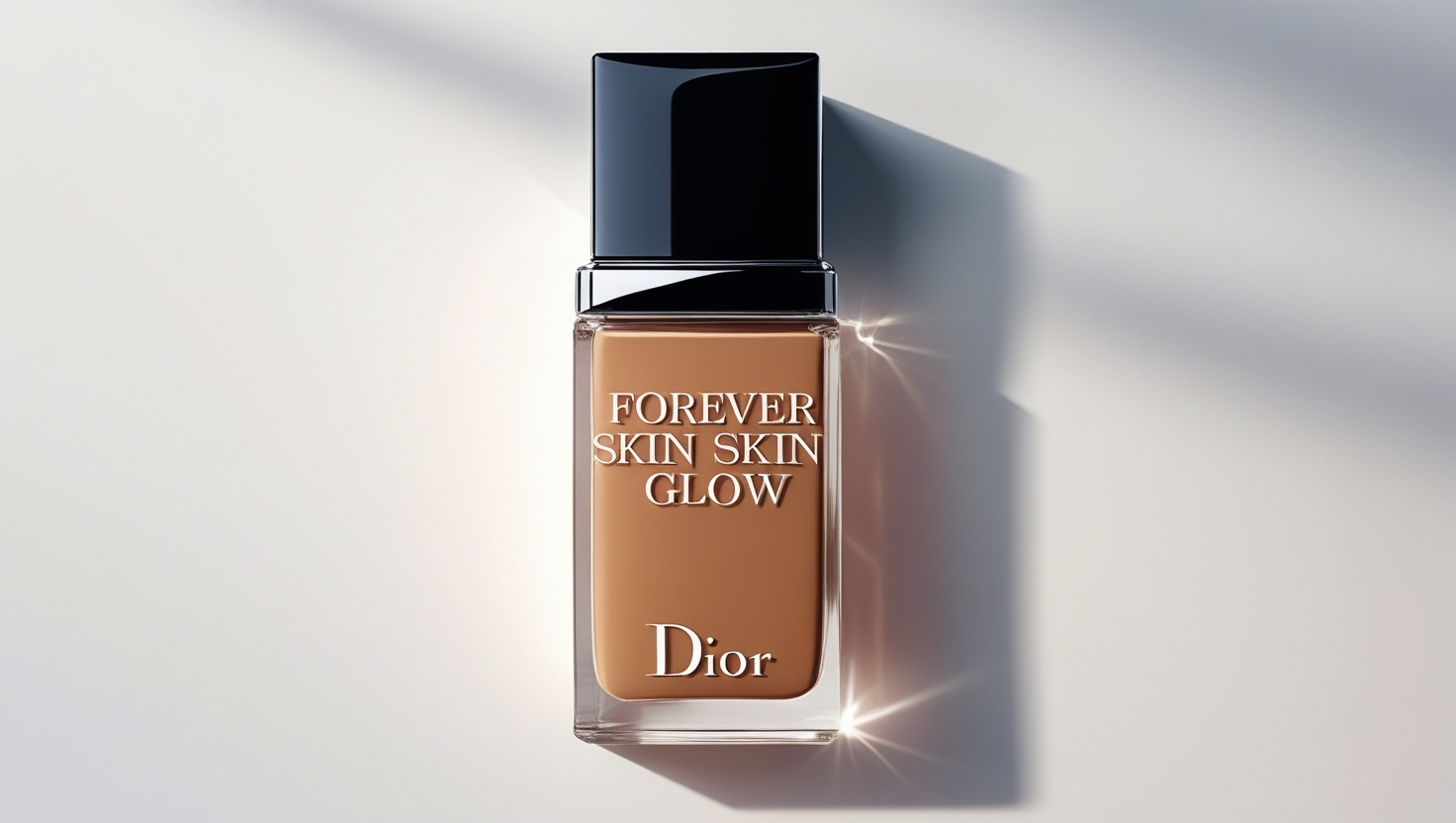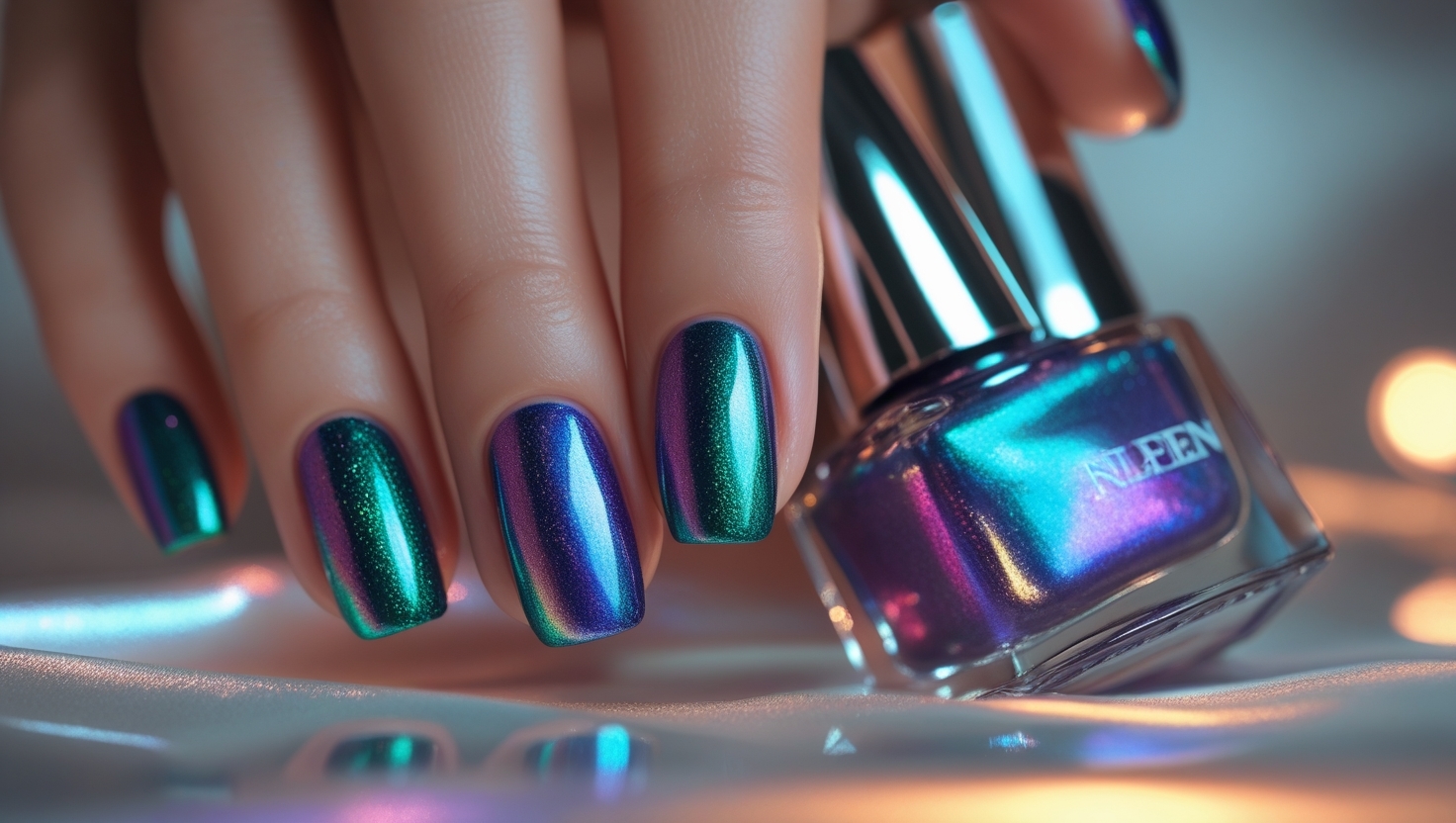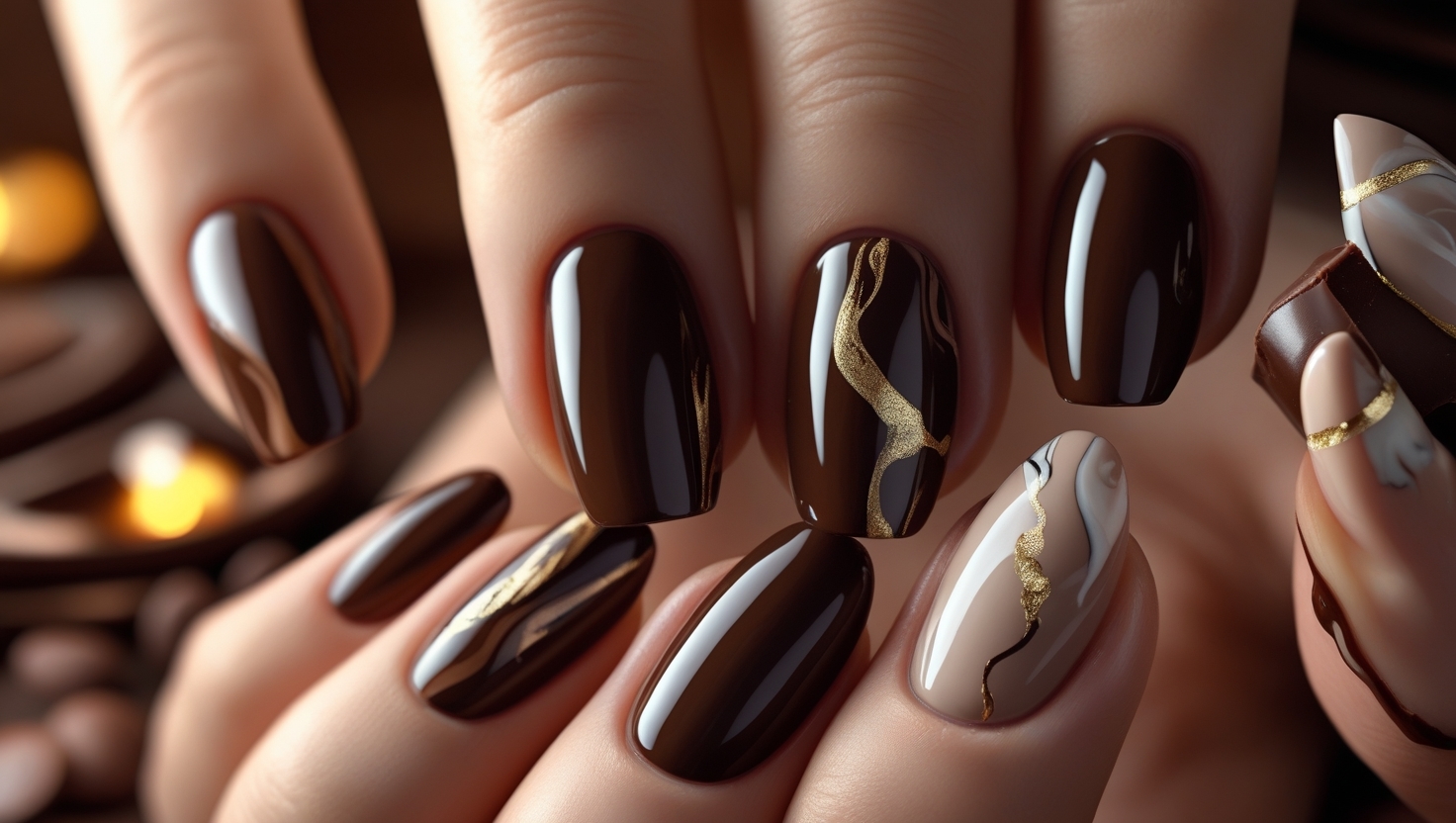
Introduction: Unveiling the Mystique of Lilac and Lavender
Colors have the power to evoke emotions, define moods, and add beauty to our surroundings. Two colors often confused for one another are lilac and lavender. Both fall under the purple color family, but despite their similar appearance, they have distinct meanings, symbolism, and uses in various fields like design, fashion, and decor.
In this article, we will dive deep into the subtle differences between lilac and lavender, exploring their unique characteristics, symbolism, and how to use them in various settings. By the end, you’ll have a clear understanding of these two beautiful hues and how they differ in both appearance and significance.
Lilac vs Lavender: What’s the Difference?
1. What is Lilac?
Lilac is a soft, pastel shade of purple with a hint of pink. It is lighter and more muted compared to its purple relatives, giving it a gentle, soothing appearance. The color is named after the lilac flower, which blooms in shades of light purple and pink. Lilac is often associated with spring, renewal, and fresh beginnings.
2. What is Lavender?
Lavender is a slightly cooler, bluish shade of purple. It also belongs to the purple family but is more inclined toward the blue spectrum compared to lilac. Like lilac, lavender is named after a flower, the lavender plant, which is known for its calming fragrance and striking color. Lavender evokes tranquility, elegance, and often has a spiritual connotation.
3. The Key Differences Between Lilac and Lavender
The primary difference between lilac and lavender lies in their undertones:
- Lilac: Has more of a pinkish hue, giving it a warm, romantic, and youthful feel.
- Lavender: Has cooler, bluish undertones that give it a more serene, calm, and spiritual vibe.
Both colors are light and pastel, but lavender tends to appear cooler and more calming, while lilac brings a bit of warmth and softness.
The Meaning and Symbolism of Lilac and Lavender
1. Lilac Color Meaning
The color lilac symbolizes youth, creativity, and innocence. It is often associated with femininity, grace, and a gentle disposition. The soft, pastel nature of lilac makes it a color that brings a sense of calm and warmth without overwhelming the senses.
- In Psychology: Lilac is a color that evokes feelings of freshness, lightness, and renewal. It is frequently used in spaces where peace and relaxation are desired, such as bedrooms and living rooms.
- In Symbolism: Lilac also represents the mystical and the spiritual, often used in rituals or practices that seek inner peace.
2. Lavender Color Symbolism
Lavender, on the other hand, is often associated with purity, calmness, and spirituality. It has deep ties to the healing arts, particularly aromatherapy, where lavender is known for its calming properties. The cool, soothing nature of lavender makes it an excellent choice for creating a serene atmosphere.
- In Psychology: Lavender is known for its calming, relaxing effects. It’s often used in spaces designed for meditation, sleep, and healing.
- In Symbolism: Lavender represents devotion, loyalty, and purity, often connected with spiritual growth or a commitment to higher causes.
The Color Psychology of Lilac and Lavender
Both lilac and lavender influence our emotions and thoughts in different ways, thanks to their unique psychological impacts.
1. The Psychological Effects of Lilac
Lilac is a color that is both comforting and inspiring. It encourages creativity and imaginative thinking, which makes it ideal for workspaces or areas where focus and innovation are important. Its warmth helps ease anxiety, offering emotional support without overwhelming the senses.
2. The Psychological Effects of Lavender
Lavender, being a cooler color, has a relaxing and stress-relieving effect. It’s often used in spas, meditation rooms, and bedrooms to foster a sense of calm and promote a restful environment. Lavender has the ability to ease tension and encourage deep relaxation, making it a popular choice for areas meant for rest and recovery.
Lilac vs Lavender in Design: How to Use Each in Decor
1. Lilac in Interior Design
Lilac works wonders in both modern and traditional spaces, bringing a light, airy feel without being overly bold. It pairs well with neutrals like beige, white, and gray, and can also be complemented by metallic accents like gold or silver for a touch of luxury. In bedrooms, lilac can promote relaxation and intimacy, making it perfect for a restful retreat.
2. Lavender in Interior Design
Lavender’s calming properties make it a natural choice for creating serene living environments. Lavender works beautifully in spaces where relaxation is key, such as bathrooms and spiritual spaces. It pairs well with light woods, soft neutrals, and white to create a tranquil, minimalist aesthetic.
Lilac vs Lavender in Fashion
Both lilac and lavender are popular choices in fashion, especially in spring and summer collections. The subtle, pastel tones are perfect for adding a soft touch to your wardrobe.
1. Lilac in Fashion
Lilac is a fresh and feminine color that works wonderfully in casual and formal fashion. It is a great choice for dresses, tops, and accessories. It’s often used in spring fashion due to its light and uplifting vibe, offering a soft alternative to other pastels like pink.
2. Lavender in Fashion
Lavender is often chosen for its elegant and sophisticated feel. It works well in evening wear, creating a regal look without being too loud. Lavender is also frequently seen in wedding palettes, where it evokes a sense of romance and tranquility.
Real-life Examples and Case Studies
1. Lilac in Art
In art, lilac is often used to create a sense of youthful energy and whimsy. Artists often use lilac to convey a light, ethereal quality, as seen in the work of Impressionist painters such as Claude Monet, who frequently incorporated soft lilac and purple tones in his landscapes.
2. Lavender in Aromatherapy
Lavender, known for its calming scent, has been used for centuries in aromatherapy and other healing practices. Lavender oil is commonly used to treat anxiety, insomnia, and stress, demonstrating the connection between the color lavender and relaxation.
How to Use Lilac and Lavender in Decor
1. In Bedrooms: Both lilac and lavender are fantastic choices for creating a relaxing atmosphere in bedrooms. Lilac can add warmth and softness, while lavender promotes a deeper sense of relaxation and calm.
2. In Living Rooms: Lilac is perfect for creating a cozy, inviting living space. It pairs well with neutral furniture and creates a balanced, peaceful atmosphere. Lavender can be used to create a serene focal point or accent piece, such as throw pillows or rugs.
Pros and Cons of Lilac vs Lavender
Pros of Lilac
- Evokes creativity and playfulness.
- Pairs well with a wide range of colors.
- Perfect for creating a youthful, romantic vibe.
Cons of Lilac
- Might be perceived as too feminine for certain decor styles.
- Can be overwhelming if used excessively in bold design choices.
Pros of Lavender
- Ideal for promoting relaxation and calm.
- Great for minimalist or serene spaces.
- Pairs well with neutral tones for a sophisticated look.
Cons of Lavender
- Might appear too cool or muted in warmer environments.
- May be difficult to match with certain color palettes.
Conclusion: Choosing Between Lilac and Lavender
Both lilac and lavender have their own unique charm, offering a calming effect while evoking a sense of beauty, softness, and elegance. Whether you’re using them in interior design, fashion, or even art, understanding the subtle differences between these two colors can help you make more informed decisions on when and how to incorporate them into your life.
Call to Action: Which color do you prefer—lilac or lavender? Share your thoughts with us in the comments below, and feel free to explore our other articles on color psychology and design trends!


